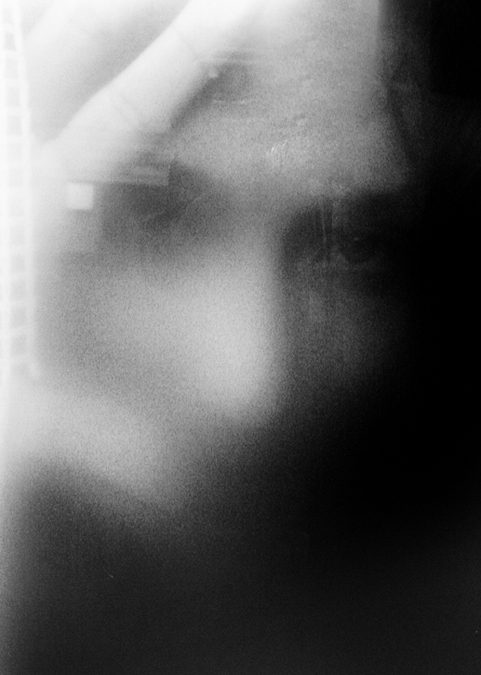This is a guest post by Sanchia Berg. Sanchia is a BBC Reporter and tweets as @sanchia7.
“Go down and see what you can get” was the commission from the then Today Editor Ceri Thomas. It was April 27 2009, the first day English Family Courts were open to journalists.I headed for High Holborn with Sarah Harman as my guide. She had campaigned for transparency in the Family Courts: she was also known amongst family judges for discussing a family case with her sister, then Solicitor General, Harriet Harman [Ed : this is the case of Kent County Council, Re B (A Child) v the Mother & Ors [2004] EWHC 411 (Fam)].
The halls of the Royal Courts of Justice were busy with journalists trying to get into courtrooms. Noone really knew what they were doing.
Judges were generally friendly, occasionally welcoming, to journalists wanting to sit in their courtroom.Getting their permission to report was far more tricky. With Sarah, I went into several different hearings.
Mr Justice Ryder said we’d have to make a full formal application to report anything at all. Other cases were already subject to restrictions. Mrs Justice Black was hearing a care proceedings case, and we heard evidence of sexual abuse by a family member. On Sarah’s advice, I sent her a note asking if I could say just that – the judge agreed. It was very little, but it was something.

Sanchia Berg
The head of one of the busiest court news services, Strand News, said it had proved “impossible” that day to report the family courts. He said permitting journalists to attend was only “window dressing” and wouldn’t change anything at all. It would take many years, test cases, the House of Lords, to open up these courts he said.
I decided to go back to see if I could actually report something. The editor generously gave me a few weeks, time to visit different courts. I spent time in the High Court again, and went to the Principal Registry too. There I was lucky to end up in District Judge Lynn Roberts’ courtroom, in the middle of a complex care proceedings case. She was very pleased to see a journalist who was prepared to follow a case and helped me understand what was going on. I went every day for a fortnight.
There were five children from the same family. The eldest was nine, the youngest a newborn. It was a grimly typical case : the parents had problems with drink and drugs, the father had a history of violence. They both had learning difficulties. The mother’s parents wanted to look after the children, but the court heard would struggle to do so. The oldest child, particularly, had severe difficulties. Day after day I sat in the courtroom, listening to the evidence, watching witnesses cross examined.
There were so many lawyers! The mother and father had separate barristers, the grandparents had their own lawyers too. Then there was the children’s lawyer, the local authority barrister too.
Much of the case seemed to turn on expert evidence. Everyone except me had access to their reports. I was routinely lost, when someone said “turning to the bundle….”.
The outcome was sadly predictable. The worst thing was to see the mother, on the last day, sobbing outside the Registry, leaning up against the wall, as though it was only then she’d realised that all her children would be taken into care.
As far as I know, this was the first time any English journalist had reported family proceedings like this. It might have been pioneering – but it didn’t blaze a trail. It’s only in the last couple of years that Family Courts have been reported more widely.
Feature Pic : Stephanie Lepoint on Flickr (creative commons – thanks)

The case highlighted was EIGHT years ago…. has the reporter not been back to see any Family cases in 2017?!!???
Yes MeMe, Sanchia regularly reports on the family courts, in fact she ran a piece on Radio 4 this morning about the family courts (See clip here http://www.bbc.co.uk/programmes/p05k5qm6 but you can hear the whole thing in the podcast / episode at 7.20am). I think this particular post was prompted by another we ran by a journalist earlier this week about more recent experiences (See here http://www.transparencyproject.org.uk/knocking-at-the-door-to-the-family-courts-two-journalists-experiences-two-years-apart/)
I had terrible experiences with family court as well and would like to submit my experiences.
Hello, my family has been taken to care proceedings primarily due to racial and cultural discrimination and prejudice, the social worker essentially is saying I am harmful because my parenting style is not a soft Western one, which is ridiculous.